"Egyptian Amulets, Wedjat Eyes, New Kingdom & Late Period, Egypt, 1300–332 Bc"
Set of seven amulets representing the Oudjat eye, an emblem of protection and regeneration in ancient Egypt. The top example in the photo, made of stone, has a flat surface decorated with painted black lines representing the pupil, the eyebrow, and the sacred marks: it is stylistically related to Ramesside productions (18th–19th Dynasty). Two other pieces are engraved in slight relief, while the remaining four adopt simple but characteristic stylized forms, with an elongated pupil, an arch of the eyebrow, and a hooked lower curve. The set reveals a diversity of treatment while maintaining a strong iconographic coherence. Glazed earthenware, green, turquoise blue, and beige; carved and black-painted stone, marks of time, good general condition of conservation. (see photos) Egypt, New Kingdom (18th–19th dynasty) for the stone one & Late Period, for the others, 1300–332 BC size: 1.5x1.2 cm (max) / 0.9x0.5 cm (min)
provenance: former Marie-Ange Ciolkowski collection, Paris, formed in the 1960s–1970s. Sold with certificate of authenticity from the expert Serge Reynes, guarantee of origin and period. The Oudjat eye, or eye of Horus, is one of the most powerful protective symbols of Pharaonic Egypt. Associated with divine vision, cosmic balance and healing, it refers to the restoration of the eye of the god Horus after his fight against Seth. These amulets, worn alone or in series, were intended to protect the wearer against illnesses, harmful influences and invisible dangers. Their manufacture in colored earthenware or finely painted stone demonstrates refined know-how in the service of daily spirituality.













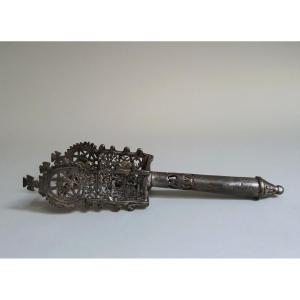
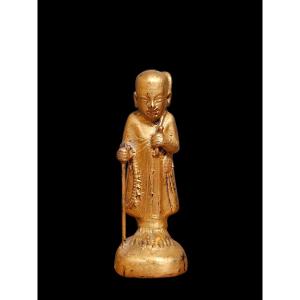

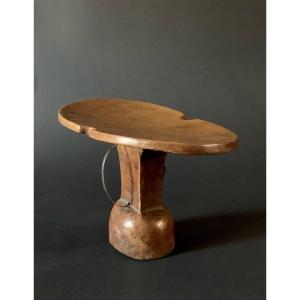









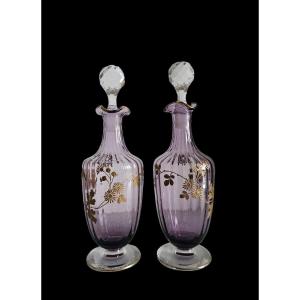



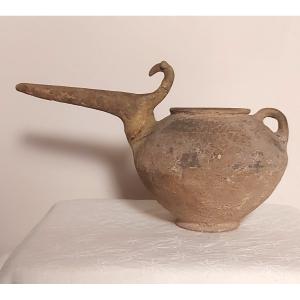
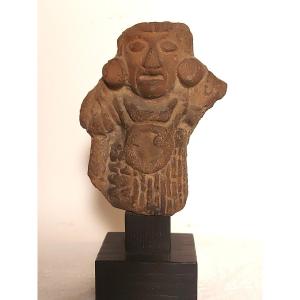
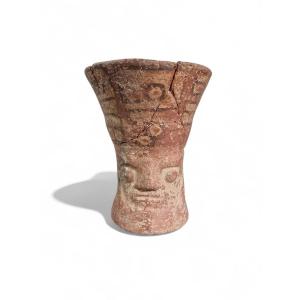



 Le Magazine de PROANTIC
Le Magazine de PROANTIC TRÉSORS Magazine
TRÉSORS Magazine Rivista Artiquariato
Rivista Artiquariato